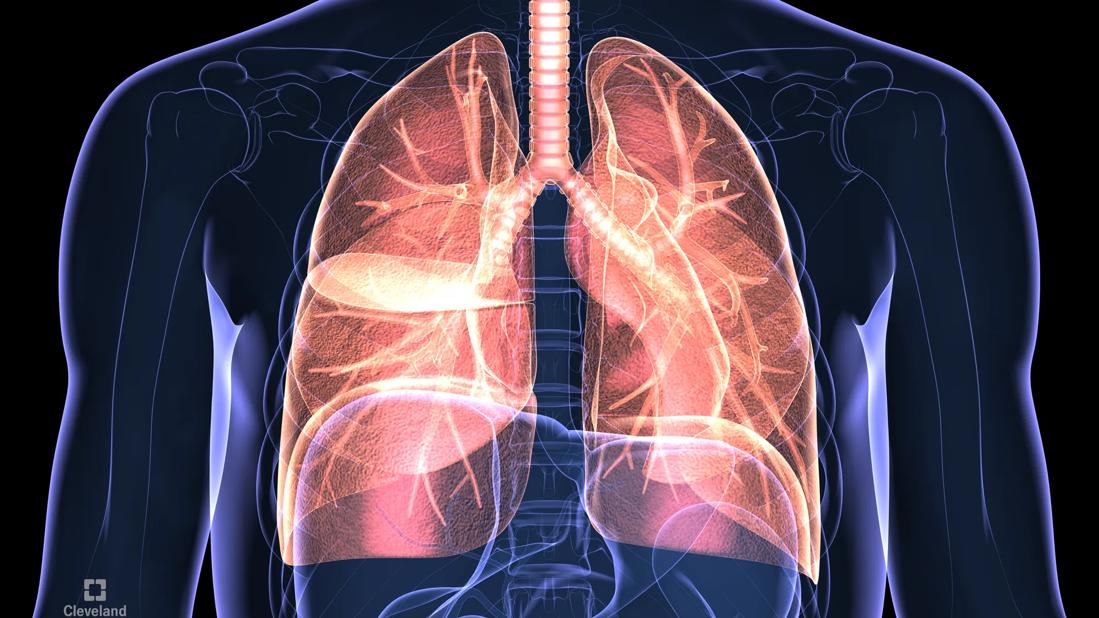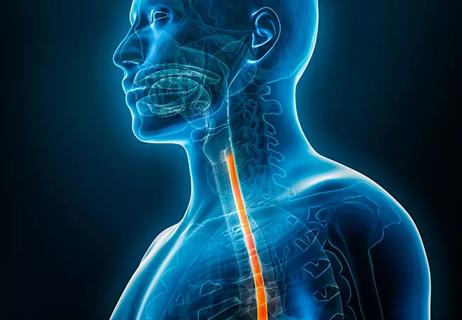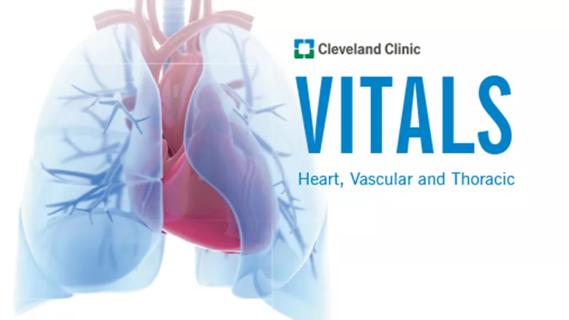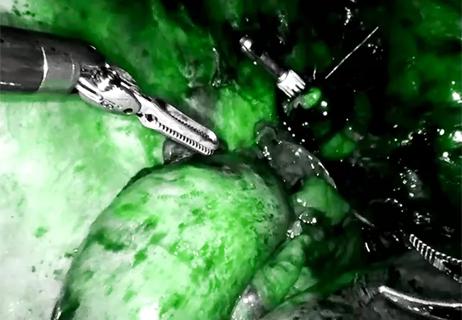Retrospective review documents improved outcomes and sicker patients over time

Improved outcomes despite sicker patients. That’s the bottom-line revelation of a retrospective review of the evolution of lung transplantation at Cleveland Clinic across 1,819 transplant recipients from January 1990 to January 2019.
Advertisement
Cleveland Clinic is a non-profit academic medical center. Advertising on our site helps support our mission. We do not endorse non-Cleveland Clinic products or services. Policy
The review, published in Transplantation (2021;106:e387-e394), showed that the complexity of cases grew exponentially after 2009 without significantly impacting hospital mortality or long-term survival.
“Despite a sicker recipient population, our outcomes continually improved, primarily due to evolving techniques, new technologies and greater experience in managing patients in the postoperative period and afterward,” says the paper’s corresponding author, Kenneth McCurry, MD, Surgical Director of Lung and Heart/Lung Transplantation at Cleveland Clinic. “This encourages us to push the boundaries of who we can accept for transplantation.”
Cleveland Clinic has one of the highest-volume lung transplant programs in the U.S., averaging 110 to 130 transplants per year. The patient population is highly complex, with over 15% having been declined at other centers and 8% undergoing concomitant cardiac procedures. In addition to single and bilateral lung transplants and redo transplants, heart-lung and liver-lung transplants are performed.
To examine how changes in patient complexity impacted early and late outcomes over the nearly 30-year study period, the researchers divided the transplants by era:
More than 60% of transplants were performed from 2009 onward, a period when the lung allocation system prioritized patients who have associated comorbidities, are on mechanical ventilation or are bridged with mechanical circulatory support. Indeed, the review showed these factors to become more prevalent among transplant recipients over time.
Advertisement
Additionally, significant increases in bilateral lung transplantation and cardiopulmonary bypass use were seen in era III and were associated with higher allocation score; increases were also seen in the number of redo transplants and concomitant cardiac procedures.
Despite the risks posed by an increasingly ill population, hospital deaths decreased from 16.4% in era I to 5.8% in era III (P < 0.001).
Even with this progress, lung transplantation remains a challenging field. “The two solid organs with the worst long-term post-transplant outcomes are the lungs and intestines,” Dr. McCurry notes.
Indeed, Kaplan-Meier analysis showed post-transplant survival rates at one, five, 10 and 15 years to be 84%, 54%, 31% and 18%, respectively, which are in line with national averages.
Today, against the backdrop of increasing illness severity, Cleveland Clinic’s lung transplant team is focused on ways to eliminate acute lung rejection, improve lung function immediately post-transplant and increase long-term survival, all while expanding the number of lungs available for transplantation.
A growing percentage of transplant candidates are requiring mechanical support with cardiopulmonary bypass or extracorporeal membrane oxygenation (ECMO) before, during and after transplantation. Use of cardiopulmonary bypass for more than about three hours during transplantation can lead to increased bleeding risk and need for transfusion, which can cause complications in the early post-transplant period and compromise outcomes. To make the operation safer, the team is now using ECMO for support during transplantation, when feasible.
Advertisement
“Venoarterial ECMO allows us to operate longer without the risks associated with cardiopulmonary bypass,” Dr. McCurry says. “We expect this will result in less injury to the lungs and better lung function.
He notes that this is one of several perioperative management strategies to impact graft function during the early postoperative period and thereby reduce the rate of rejection and requirements for immunosuppressants. “The sicker the patient, the greater the risk of higher-grade primary graft dysfunction and acute rejection,” he says. “This sets up the lungs for injury down the road and leads to a higher rate of rejection.”
Approximately 2,500 lung and heart/lung transplants were performed in the U.S. in 2021, falling far short of demand. Cleveland Clinic is actively seeking to expand the pool of available organs and increase the number of transplants performed. Ex vivo lung perfusion (EVLP) is one effective method.
EVLP enables the team to potentially mitigate injury that may occur when lungs are removed from the donor. It also allows acceptance of donor lungs deemed marginal and preservation of those lungs outside the body while they are evaluated for transplantation. While on EVLP, the lungs can be treated to improve their viability and function and to make them less susceptible to rejection.
Notably, the retrospective review found no significant difference in one-, five- or 10-year survival rates in patients who had received lungs deemed marginal compared with standard lungs. “We also found no significant difference in-hospital deaths after transplant with marginal lungs,” says the study’s first author, Haytham Elgharably, MD, of the Department of Thoracic and Cardiovascular Surgery. “We can use these lungs after evaluation on EVLP without putting recipients at risk.”
Advertisement
Experimental data support the suggestion that the risk of acute and chronic rejection is increased by lung injury around the time of transplantation. These data demonstrate that the greater the injury to the lung from the transplant process (cold storage, ischemia-reperfusion, etc.), the more negative the long-term impact on graft function.
“We need to better understand the molecular pathways for injury to the lung after exposure to a period of cold storage prior to transplantation,” says Dr. Elgharably, who is exploring the issue for his PhD project. He discovered that microRNA 223 plays a role in the inflammatory pathways of lung allograft reperfusion injury.
“We are just beginning to understand this pathway, but we believe it has potential to be a therapeutic target that will enable prevention or reduction of lung injury or dysfunction,” Dr. Elgharably notes. “Perhaps this will allow us to lengthen cold ischemia time, which would enable us to accept donor organs from further away.”
“Current numbers of lung transplants are a drop in the bucket compared with the need,” adds Dr. McCurry. “There is a significant opportunity to offer transplant to more patients with good outcomes, but we must be able to use more lungs than we currently are.”
Advertisement
Advertisement

Resection, radiotherapy or ablation?

25-year series of over 1,000 patients reveals good long-term palliation, esophageal preservation

Young age, solid tumor, high uptake on PET and KRAS mutation signal risk, suggest need for lobectomy

Going beyond the Eckardt symptom score to evaluate dyspepsia, eating and symptom “bother”

Catch up with our latest volumes and outcomes data

Long-term lung allograft outcomes clinically unaffected by organ exposure, study finds

Imaging dye enables vascular assessment to promote procedural precision and safety

Management is guided by patient and tumor characteristics, institutional expertise